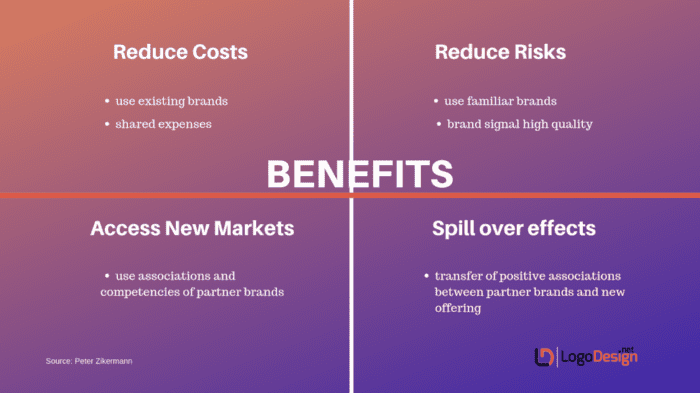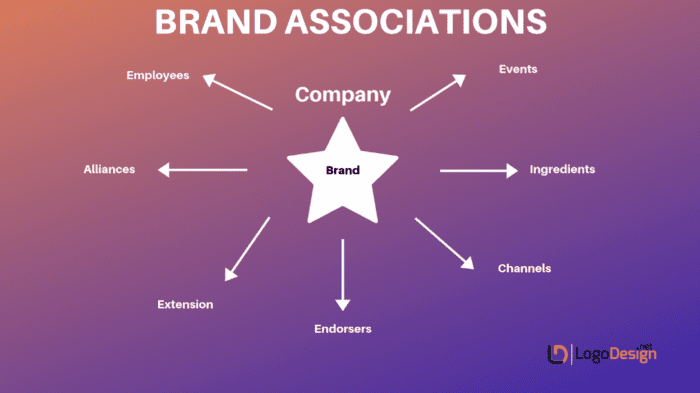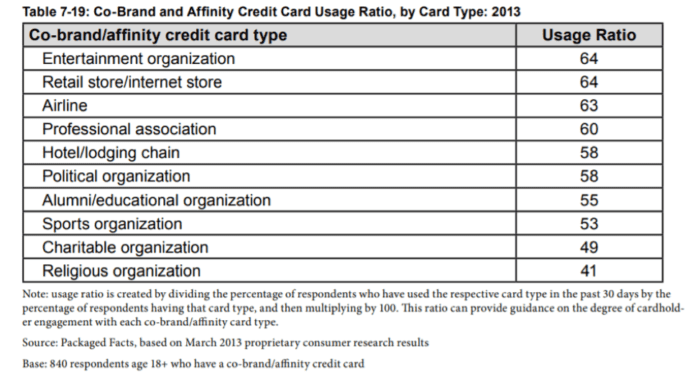Co-branding offers a huge range of benefits but partnerships shouldn’t be formed overnight with half-baked ideas
If someone said Nike, Sony and Doritos went into a bar and fell for their respective branding partners Apple, Ericsson and Taco Bell overnight, they couldn’t be more wrong. Co-branding partnerships, in reality, are anything but casual.
In a competitive market of homogenous products and services, brands are constantly vying for the spotlight, but it’s tough. Often brands lose out to new and innovative competitors, decreased brand equity, or simply disappear into obscurity. That’s why co-branding is such a coveted strategy, even for famous brands, as it can allow a company to maintain a strong brand identity, sustain customer loyalty and stay relevant.

Channel and partner marketing improvement guide
Partner marketing is a fantastic opportunity, but only if your business is ready for it! Assess your maturity and take the first step to optimizing your channel and partner marketing.
Access the Channel and partner marketing improvement guide and template
Co-branding defined
Having said that, co-branding partnerships shouldn’t be formed overnight with half-baked ideas. To understand what co-branding really is, let’s first start with the definition.
Brand association is a strategy that takes advantage of brand relationships to build equity. Co-branding is one of the methods and can be defined as:
"When two or more existing brands are combined into a joint product or are marketed together in some fashion." - Kevin Lane Keller, author of Strategic Brand Management.

Investopedia further states, "Each brand in such a strategic alliance contributes its own identity to create a melded brand with the help of unique logos, brand identifiers and colour schemes."
In this context, we understand that co-branding:
- Combines two or more brand identities
- Creates a new product or service
- Collaborates on marketing activities
- Develops better brand equity
- Reduces operational costs
These are strong motivations for companies to co-brand, and as a result, most enter into partnerships head on. Some of the best and famous partnerships include:
- GoPro and RedBull
- Pottery Barn and Sherwin-Williams
- BMW and Louis Vuitton
- Airbnb and Flipboard
Just as not all strategies are perfect, this one is no exception. Sometimes co-branding partners lose more than they gain. Others enter into alliances with pre-conceived notions. That’s why we’re here to debunk some of the myths and present ground realities for adopting effective co-branding partnerships.
Download our Business Resource – Brand vision and identity playbook
This playbook will enable you to define your approach, branding expert Debbie Inglis explains a structured approach to review and define your brand identity to make it more appealing to customers.
Access the Brand vision and identity playbook
Myth: Co-branding is co-marketing
Co-branding helps create distinctive new products or services through the merger of complementary brands while co-marketing refers to the combined marketing efforts to promote two or more brands together without losing their individual brand characteristics or identities.
A great example of co-marketing is the Uber and Spotify campaign. Through this marketing strategy, Uber and Spotify introduce their services to new riders and subscribers, respectively. This way both companies increase sales by tapping into each other’s customer base. Once the campaign is over, both can walk away with their respective brand identities intact.

Image via CampaignLive
Though a simple arrangement, the fallout begins when Spotify and Uber’s brand identities come under fire from the media.
Most of the time, co-marketing is a by-product of co-branding, which means partners are required to invest in complex collaborations (more on this later). Hence, co-branding is not just co-marketing.
Reality
Co-branding commitments have far deeper impacts on partner brands than just marketing campaigns, including brand value, equity and identities. The partnership may swing both ways, resulting in either benefits or negative impact.
Myth: Co-branding creates a stronger sell persona
When two established brands like Intel and Dell, or BMW I8 and Louis Vuitton decide to join forces, each brings a strong persona to the table. The result, as one would expect, is a strong selling brand persona. So how do you determine whether the brand persona is effective for both the firms involved?
Keller believes to create a strong sell persona, the two brands should have these qualities to achieve success:
- Adequate brand awareness
- Unique brand associations
- Positive consumer perception
However, despite having the above, there is no guarantee because one of the most important elements that play on co-branding dynamics is fitness. What may seem logical and effective on paper may not result in the desired sales targets because of the following reasons.
- Brands do not fit because of differences in values, capabilities and goals.
- Brands may not fit in terms of financial arrangements, marketing strategies, and licensing.
- Brands may not fit due to risks of dilution of brand equity and low extrinsic value.
A case in hand is the Disney and McDonald’s co-branding of Happy Meals sold with Disney toys which ended in 2006. The partnership broke up over concerns about childhood obesity and the unhealthy fast food McDonald’s was serving young customers. When it began, the partnership seemed like a great fit but, over time, these concerns undermined McDonald’s brand equity, which inevitably affected Disney as well.
Hence, what started as a strong brand sell persona, deteriorated, and eventually impacted the bottom line for both the companies and forced them to forgo their partnership.
Reality
Developing a stronger seller persona does not necessarily help build your baseline brand equity. In fact, sometimes due to poor fit, brands develop an unequal partnership that may compromise their individual brand equity.
Myth: Co-branding helps grow the customer base
One of the charms of co-branding is growing your customer base. Why else would you share your well developed and established brand identity with another if not for generating new clientele? Of course, you could go the old school way by gradually and effectively marketing your brand, but co-branding lets you have access to a new customer pool that already has a demand for your product.
For example, when Macy’s co-branded with American Express it immediately facilitated its current customers with ease of payments and rewards through private label credit cards. But it was American Express that instantly gained access to a database of customers who were more than willing to spend using its credit cards.
To give you an idea of the potential of this type of customer growth strategy here are some numbers to chew on:
It’s important to note that co-branding growth is a lucrative niche that only works for certain types of customers and in a complementary manner. It doesn’t actually solve all your sales woes nor guarantee overall customer growth.
In 'Co-Branding: Fit Factors between Partner Brands', for example, Peter Zikermann notes in the co-brand between Weight Watchers International and Heinz, which produced a range of low-calorie food products, has meant that both brands have been able to access a highly competitive diet food market. This type of market entry would not have been possible for Weight Watchers or Heinz individually due the level of competition present in the lucrative industry.
Reality
The challenge of co-branding partnership is not only finding the right fit but also the right industry niche and customer base to serve your brand’s needs and growth. There are great risks associated (financial, reputation, and resource) with partners that will only serve customers you may already have. For such a small target audience, geographical region, or product type, you will only benefit small term growth.
Final thoughts
When co-branding, there are many factors to consider such as fit, equity, resources, and benefits, etc. which means there is a risk of missing the finer details. A smart approach would be to enter into a co-branding partnership by strategically analyzing one’s own brand and that of the partner’s, by reviewing the broad spectrum and gradually work your way down the benefit funnels.
- Fit: core competencies, brand image, positive association
- Commitment: finance, resource, representation
- Benefits: customer pool, brand equity, market niche
If you feel your target partner fulfils all the check marks, then go ahead strike a deal.
Janil Jean is Director of Overseas Operations at
LogoDesign.net, a DIY logo design software. She loves to write about branding, small business management, and digital marketing. Connect with her via
LinkedIn or follow her on
Twitter.













